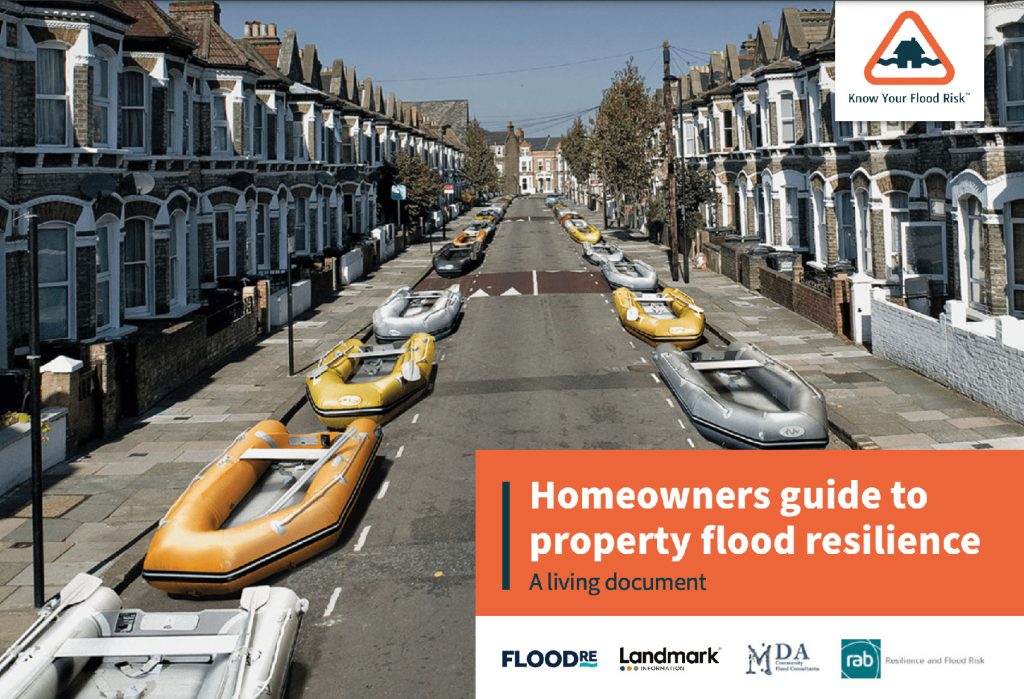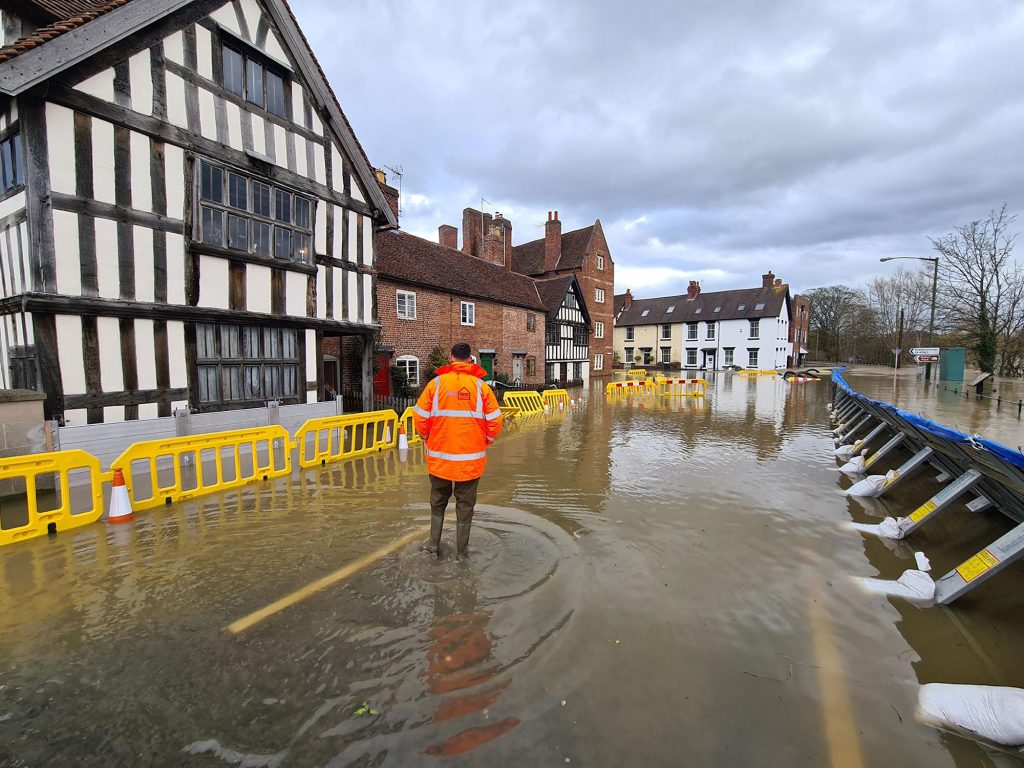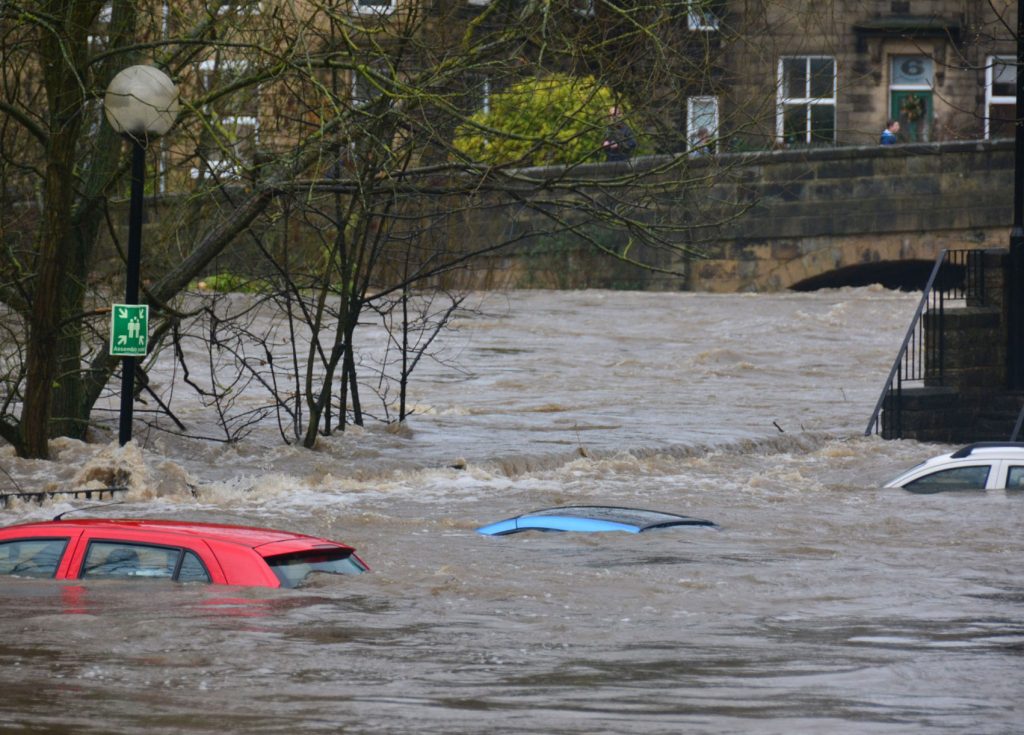What to do in a flood
According to a report prepared for Defra in 2007, repairing a house after a flood was estimated to cost between £10,000 and £50,000 depending on the flood depth. This will now have increased still further, owing to inflation.

What's in the report?
- Learn about your flood risk
- Flood expertise around the UK
- Protecting your home
- Sustainable drainage solutions

What is the risk to houses from flooding?
Here are a few of the examples you will find in the report:
Surface water flooding
In prolonged, exceptionally heavy downpours, which
are becoming more frequent, the ground may saturate and the drains and sewers which carry away surface water may not be able to cope or may even be blocked with debris or hailstones, leading to surface water flooding. This will flow downhill and collect in low-lying areas, meaning, houses in these areas are at particular risk.


Groundwater flooding
Groundwater flooding generally occurs during long and intense rainfall when infiltration into the ground raises the level of the water table until it exceeds ground levels. It is most common in low-lying areas overlain by porous soils and rocks, or in areas with a naturally high water table. Groundwater flooding is a particular risk to buildings with basements.
River flooding
River flooding occurs following heavy rainfall (or melting snow) across the upstream reaches and tributaries of a watercourse where the normal river channel is unable to carry the resulting high flow of water. Adjacent low-lying properties and land are then liable to flood. River flooding can extend over very large areas causing widespread damage and may be long-lasting and difficult to drain away.


Sewer flooding
When sewage escapes from the pipe through a manhole, drain, or by backing up through toilets, baths and sinks this is known as sewer flooding. Sewer flooding can be caused by: a blockage in a sewer pipe; a failure of equipment; too much water entering the sewers from storm run-off (from roads and fields) and rivers and watercourses which overflowed; or the sewer being too small to deal with the amount of sewage entering it.
Colm Holmes
Global Ceo aviva
“
Sadly, not every flood can be prevented, but we believe flood resilient and resistant measures have an important role to play in helping homeowners and businesses recover quicker.
Get impartial advice today!
Submit your details and we will be in touch.
